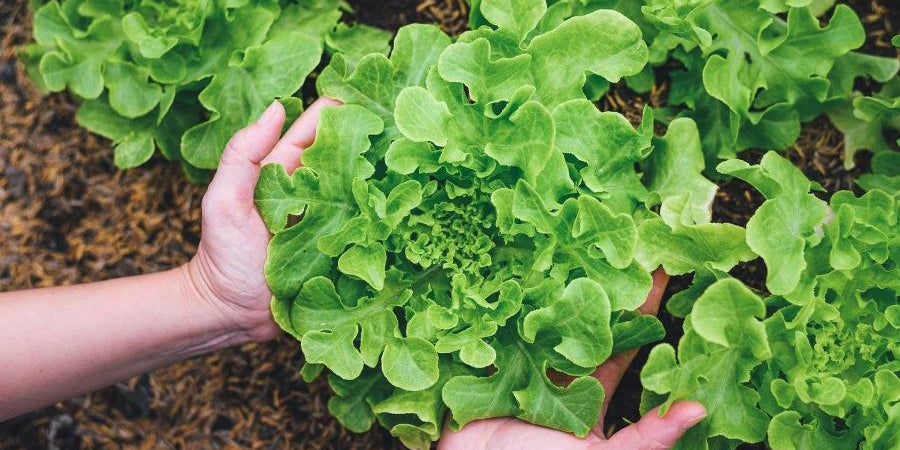Greetings from Lancashire...
July Sowings & Advice

At this time of year the soil is reliably warm; especially if you’ve added plenty of organic matter (manure or compost). Good soil conditions combined with long days and warmer temperatures make July an excellent growing month. You can sow all types of seeds now; tender, half-hardy and hardy. But remember that it’s too late to sow seeds for those tender crops that need to flower, set fruit and ripen this summer, such as tomatoes, peppers and chillies.
Update on sowings
Last month I sowed some French Bean Climbing ‘Cosse Violette’ in my greenhouse in large pots and sowed others direct into a 70cm high raised bed in a local community garden. The indoor beans germinated quickly and made sturdy plants, which I’ve now planted outside. However, the beans sown outdoor were munched by the wildlife when they were only 4cm tall. I thought the high beds would stop this; I can only think an acrobatic squirrel managed to climb up the side (lesson learnt!). My Courgettes and Summer Squash are now outside in large planting sacks in a sunny spot. And I’ve eaten my Pak Choi ‘Red Choi’ (delicious). The Calabrese Green Magic F1 seeds germinated well, and I’ve potted them on.
July Sowings
Home-grown carrots are delicious and grow best in well-drained soil with plenty of sun. In the damp, heavy clay soil of my Lancashire Garden they don’t grow well so I sow my carrot seeds directly into pots with sharp sand or potting grit mixed in with the compost. I find clay pots work well as they hold the warmth of the sun. Carrot seedlings don’t like being disturbed so don’t move the seedlings after sowing. This month I’m trying Carrot ‘Paris Market,’ which grows into a small, rounded carrot; ideal for small spaces and pots. Sow the seeds 1cm deep and space them out about 1cm apart. Once they’ve started to germinate you should prevent overcrowded by removing (‘thinning out’) some seedlings leaving the rest 5cm apart. You can eat the seedlings you remove and enjoy their sweet, carroty taste.
I’m sowing two veggies from the Cabbage (Brassica) family this month; Kale Dwarf Green Curled and Cabbage ‘Red Drumhead.’ The first one is great for impatient gardeners as it will be ready to eat as a ‘Cut and Come Again’ salad leaf in 8 weeks. It will grow well in the ground or containers, sown 1cm deep and thinned out to 10cm apart. In contrast Cabbage ‘Red Drumhead’ needs plenty of space and time to grow; it prefers to be sown into ground that has been well prepared and firmly consolidated by treading into a compact, level surface. Make sure you protect both of these from the Cabbage White Butterfly, which will lay its egg on the leaves. When the caterpillars hatch out, they will quickly eat the leaves down to the stalks. The best protection is a very fine mesh completely covering the plants.
To liven up my salads I’m growing Endive ‘Pancalieri’, which has an attractive curly leaf and a slightly bitter taste. This variety has an AGM (Award of Garden Merit) from the RHS (Royal Horticultural Society), which means it has been trialled and found to grow reliably and have good flavour. Luckily, their bitter flavour means they are less likely to be eaten by slugs. So if you often have problems with slugs eating your lettuce crops try Endive instead.
Read more about Sue's horticultural expertise and projects on her website HERE



